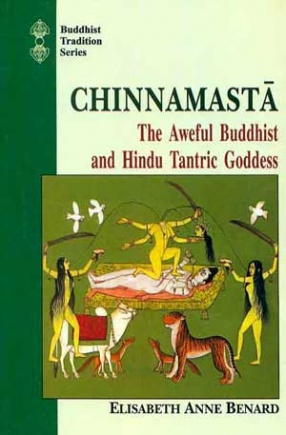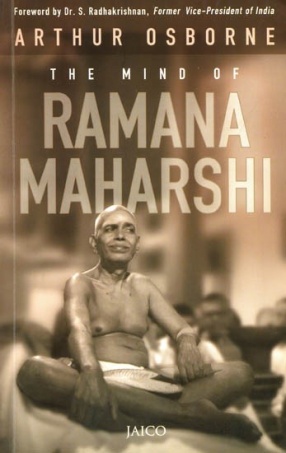Resurgence of Islam in Central Asia
In stock
The main focus of this volume is on resurgence of Islam in Central Asia after the disintegration of the Soviet Union. This book discusses how Islam survived in the region during the Soviet period and how Gorbachev’s reform policies of Perestroika and Glasnost helped in reviving Islam in the region. It also throws light on the different shades of Islamic movement and their impact on the religious policies and governance of the region. The emergence of ethno-religious movement in the region has posed serious threat not only to the region but also to the neighboring countries. The rise of Islamic extremism in the region has been perceived as serious threat to the security and stability of Russia and China. The study further addresses the socio-cultural aspects which have been revived in the region in the post-Soviet period. Besides, the study deals with the external forces which have shown their interest in reviving Islam in Central Asia, Russia and China. The Study further addresses the socio-cultural aspects which have been revived in the region in the post-Soviet period. Besides, the study deals with the external forces which have shown their interest in reviving Islam in Central Asia.
Contents: Preface. 1. Introduction. 2. Religion, state and society in Central Asia in historical perspective. 3. Radical reforms and social change in the Soviet Union: 1985-1991. 4. Islamic revival movement and its impact on Central Asian politics. 5. Islamic revivalism in Central Asia and its implications for South Asia. 6. Role of external powers in Central Asia in reviving Islam. 7. Conclusion. Bibliography. Index.






There are no reviews yet.